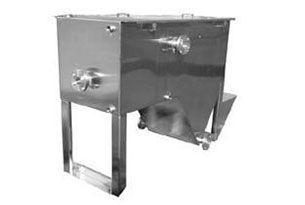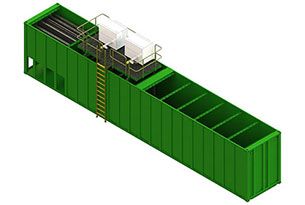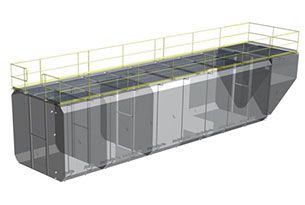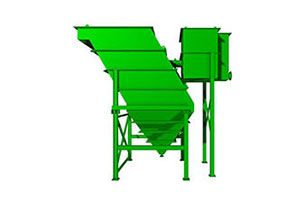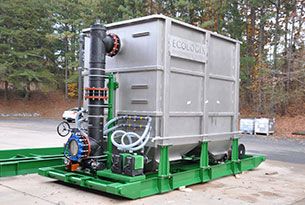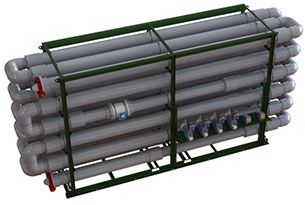Water & Wastewater Components, Solutions, & Systems for All Applications
Beyond providing full-scale treatment plants, Ecologix offers components and tailored solutions for all your water and wastewater needs.
A Selection of Our Products and Services
From individual components to comprehensive treatment systems, our solutions address every aspect of your water and wastewater needs. Explore some of our extensive offerings below.
Oil Water Separators (OWS)
Ecologix Oil water separators can efficiently aid in the removal of gasoline, diesel fuel, crude, vegetable and almost any type of oil that is lighter than water.
Dissolved Air Flotation (DAF)
The Ecologix Enhanced DAF is a complete primary (phys/chem) treatment system. Incredibly versatile and efficient chemical precipitation and physical separation system for industrial wastewater primary treatment.
MBBR (Moving Bed Biofilm Reactor)
The Ecologix MBBR system utilizes a highly efficient biological treatment process based on a combination of conventional activated sludge and biofilm media.
Bio-Clear Packaged Sewage Treatment System
The Bio-Clear packaged sewage treatment system is designed for developments like hospitals, hotels, and rural communities that are required to treat wastewater to levels suitable for discharge.
Lamella Clarifiers
Ecologix clarifiers are designed for minimal footprint and rapid particle settling. Our clarifiers are very simple to operate and maintain.
Chemical Reaction Tanks
Our exclusive chemical reaction tank designs provide greater flexibility, efficiency and variable flow rates.
Multi Plate Screw Presses
Our multi plate screw press is more advanced than traditional dewatering systems which can be easily blocked by low concentrated sludge.
Ready to Optimize Your Water Treatment?
Connect with Ecologix Systems today to discuss your specific needs and discover how our advanced solutions can enhance your operations.
Contact Our Experts NowA Selection of The Industries We Serve
With over 20 years of experience serving the wastewater treatment needs of commercial and industrial clients we are confident we can solve your industrial wastewater treatment needs. Below is a selection of the industries we serve, click here to see more.
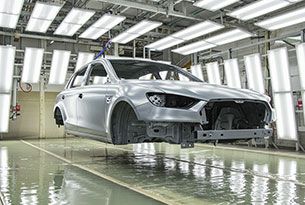
Automotive Industry
Ecologix provides comprehensive wastewater treatment technologies and services for the automotive industry, including E-Coat paint processes.
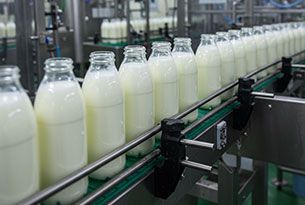
Dairy
Producing milk, butter, cheese, or yoghurt, using pasteurization or homogenization produces wastewater with high levels of BOD and COD loads and must be reduced before being discharged to municipal treatment facilities.
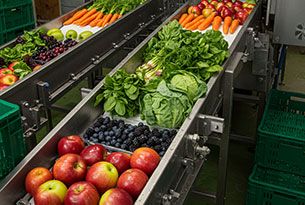
Food & Beverage
Ecologix Environmental Systems offers a comprehensive selection of wastewater equipment and technologies that solve the challenges that fats, proteins, and carbohydrates pose to the food and beverage industry.

Ice Cream
Having a problem with excessive FOG (fats, oils and grease) in your effluent wastewater? Ecologix Environmental Systems offers a comprehensive selection of wastewater equipment and technologies that can save your money on your process.
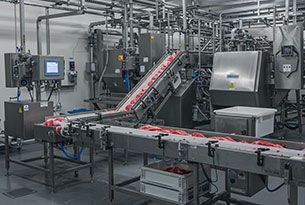
Meat and Poultry
In the meat processing industry, water is used extensively for washing the cattle, sheep, or pig carcasses. Water is also used for sanitizing and thoroughly cleaning all equipment used in the process at the facility.
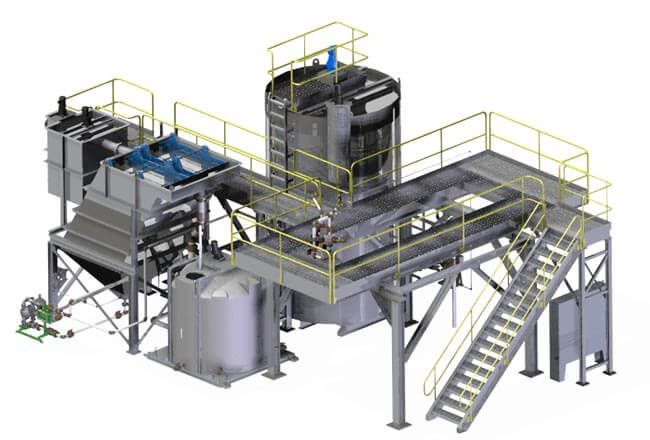
Mining & Metals Removal
Ecologix provides a complete range of integrated water and wastewater treatment systems and services to clean metals-laden wastewater from mining operations.
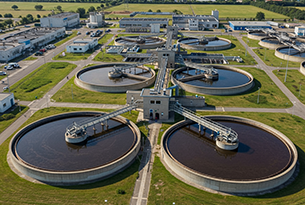
Municipal Wastewater Treatment
Ecologix understands that your municipality's needs are unique and of the highest priority. We offer a large array of custom technologies and services for water and sewage treatment to ensure flexible, cost-effective treatment solutions specific to your project needs.
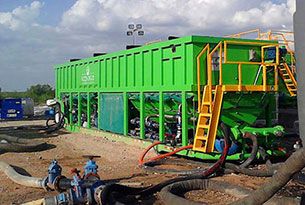
Produced Water / Fracking Wastewater Treatment
Ecologix has the solution for recycling produced water. We pioneered mobile DAF treatment technology for produced water recycling and reuse. For more than a decade, Ecologix has developed turn-key solutions for water reuse for oil and gas fracking operations.
